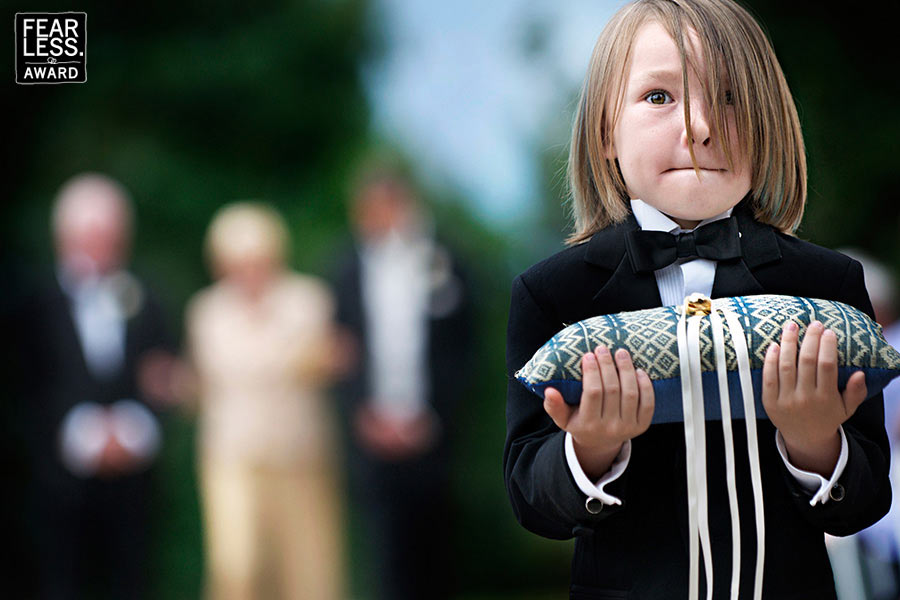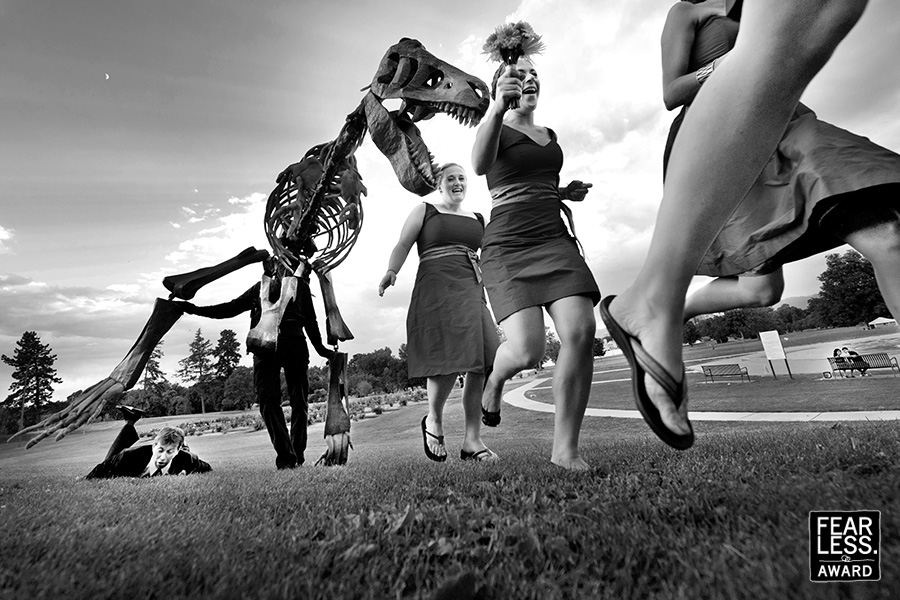On Being a Fearless ISPWP Photo Judge

Being a ring bearer can be stressful. So can entering photo contests. In this post, I share my lessons from being a photo contest judge.
The biggest takeaways
I had the opportunity to judge for the International Society for Professional Wedding Photographers (ISPWP) contest recently (winning contest gallery here), an honor I took very seriously! I’ve been apart of the ISPWP since 2009 and have had 25+ images receive accolades from judges of various contests. Usually, I enter 20 images or so thinking one or none might win. Though every now and again I get surprised, like the year I placed in the top five.
Before becoming a judge, I didn’t have a clear insight into the photo judging process. After ranking 4,000 images in a short period of time:
- There are a lot of great photographers out there. Wedding photography has come a long way in the last 10 years. This is great for the client in terms of end product, but tricky for the client when it comes to choosing a wedding photographer. This is proof that photographers can’t compete on images alone. Excellent customer service and strong business acumen can’t be seen in images, but they are critical factors for long-term success.
- I see so many of the same images taken over and over. Why? Sameness is often rewarded by clients. This is one of the biggest problems facing wedding photography.
- The pursuit of an award-winning image should never trump client expectations. Too often photographers forget client expectations and shoot only what they want and neglect key components to a wedding day (like family portraits, for example). I hear complaints from photographers like, “This isn’t what I want to shoot,” or “It’s not creative, it’s boring.” We should never forget who we work for.
What goes into a winning image?
While contests and the judges are subjective, to me a winning image should show a strong composition with a storytelling component and inspiring lighting that highlights a moment. The challenge here is in capturing the moment. No different than an experienced surfer chooses when to catch the right wave and when to let one go, a photographer’s choices are equally as instinctive on when to press the shutter.
10 things I consider when judging photos (and also when entering photo contests)
10. Humans must rock! If I was an alien that landed on Earth for the first time, a winning image would offer a glimpse into the amazing-ness of our species: the beautiful, emotional, fun-loving humans we can be.
9. Winning images are images I would want on my wedding day. Therein lies the subjectivity factor. It can be cool, different, moody, odd… no problem. However, weddings are deeply personal, sentimental, and tug emotional heart strings. Real moments sing! That’s what I want to see.
8. One moment captured is good. Three is best. The two additional supporting moments make my eye dance inside the photo. In my initial cull, I review images as if they were on a contact sheet, choosing the ones that catch my eye. Then I zoom in to confirm details like focus, storytelling, odd distractions, or subtle details. I want my eye to be controlled through the image by the content in the photograph.
7. Just because we can, doesn’t mean we should. This goes for trespassing, prisming, lightpainting, posing, advanced compositing, etc. When shooting, ask yourself one question: Why? If you have a good reason for why and are confident in your choice, you are half-way to convincing me it’s a good idea.
6. Make me laugh, or cry. Or both. My bias: I’m partial to dogs in wedding photos.
5. Inaccurate skin tones bug me. I get creative post-processing. Yet, green skin isn’t real. I like real. Just because we can shoot at ISO 12,000, doesn’t mean the light has quality and dimensionality. Use a flash with a gel to balance with ambient or create interesting shadows.
4. Dodge photogs. If there is another photographer or camera (or three others) in the image, I’m moving on.
3. Show, don’t tell. Please don’t show me “kissy kissy.” There are so many more creative ways to show emotion and love between a couple. There are exceptions to the rule, but they are few.
2. Deliver depth. My eye prefers 24mm and 85mm angle of views (on a full-frame DSLR) with a definitive foreground, middle ground, and background that adds to storytelling. Since these are my two go-to lenses, that is what my eye is trained to see. Wider is fine. Closer is better. Without foreground context, wide-angle lenses create a very flat, boring image. Storytelling with a greater depth of field, like f/8, will yield more context, making it easier to tell a story. Wider apertures yield less context, making it harder to tell a story.
1. Show me something new and different. If I’ve seen it before, show me better.
With all that said, I’m leaving you with one image I just found out TODAY that won me a Fearless Award (Collection 29).







Pingback: Fearless Award, Collection 29 - Kern-Photo - Kern-Photo